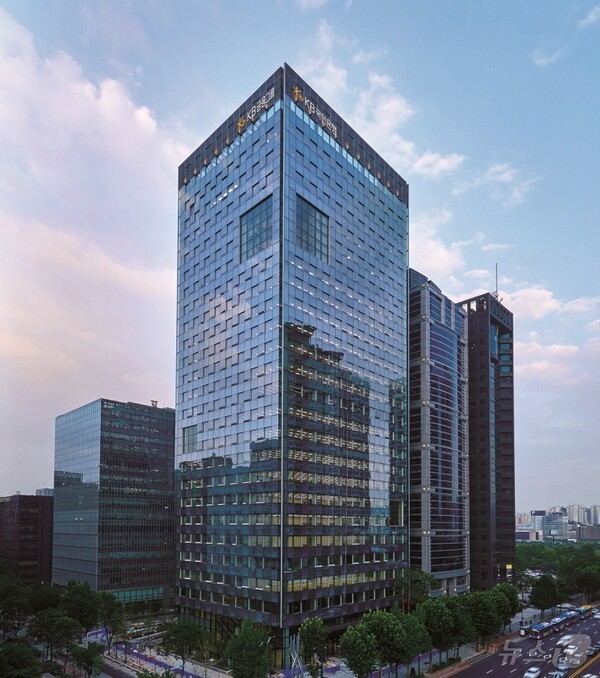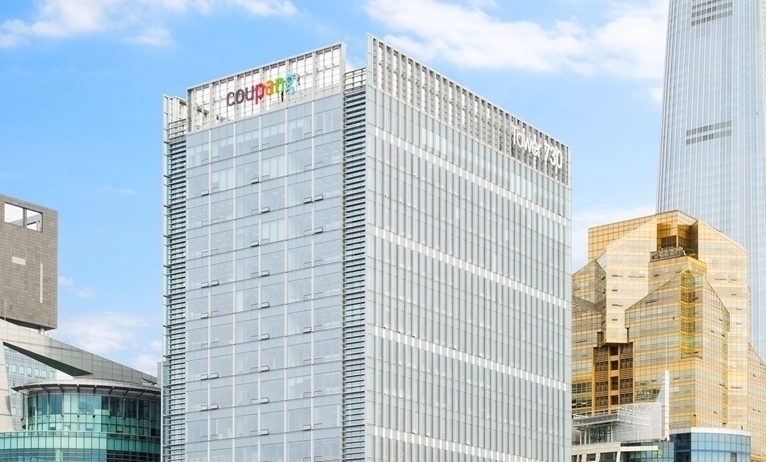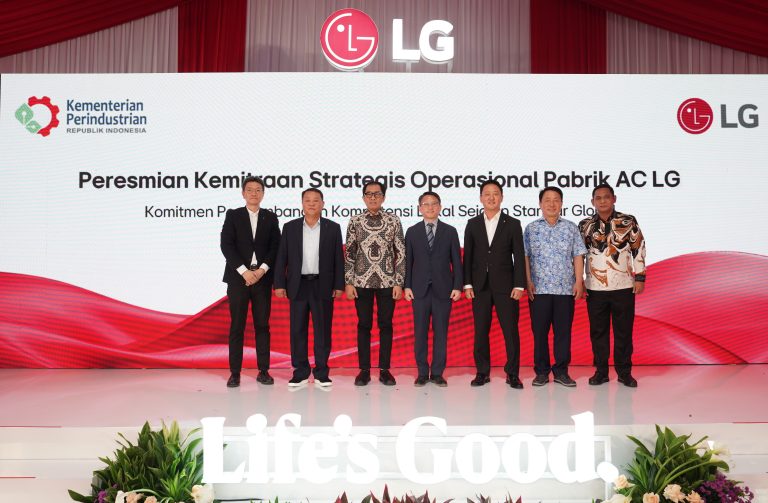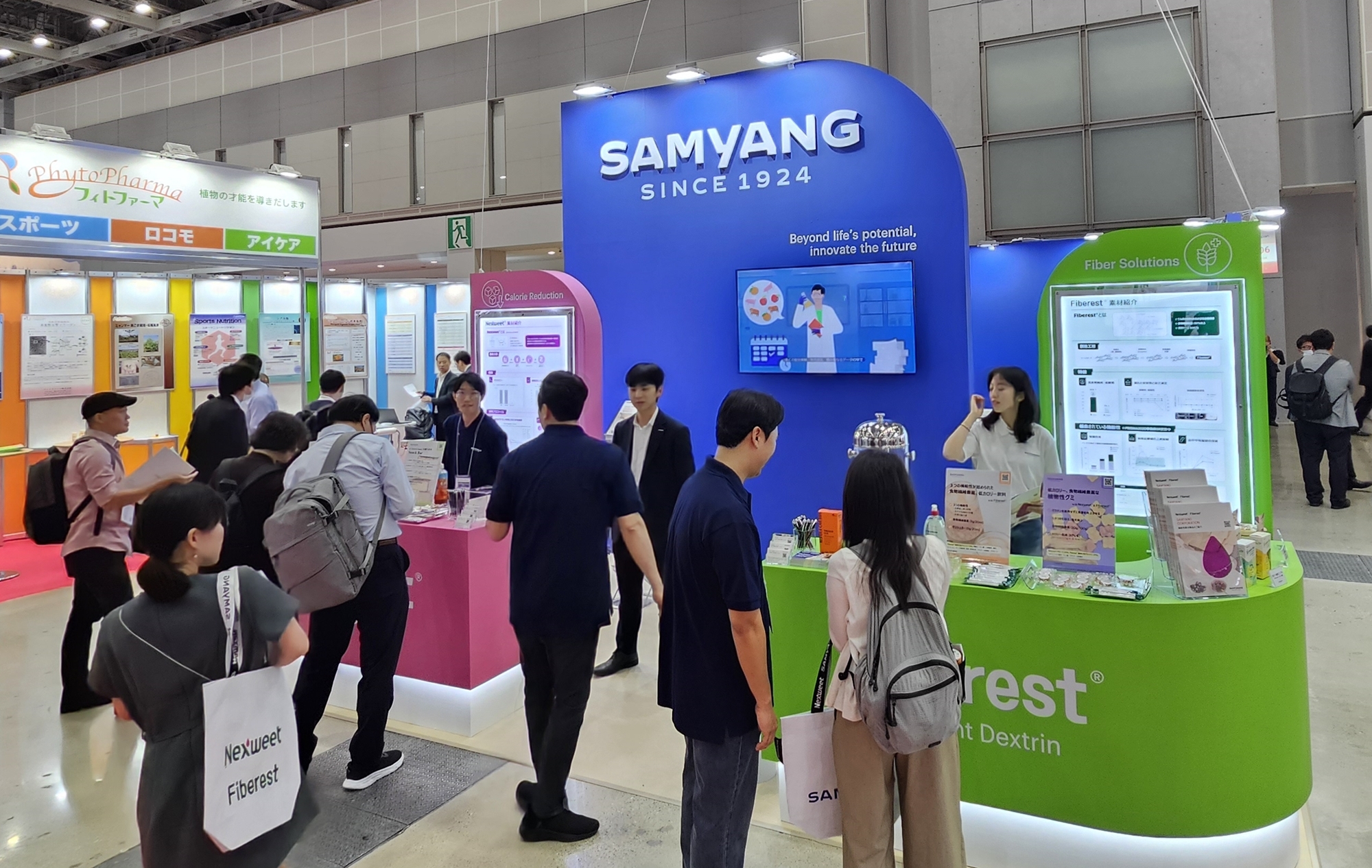
Samsung is preparing to unveil its long-awaited Galaxy XR headset, signaling its return to the extended reality (XR) market — and a direct challenge to Apple’s high-end Vision Pro.
The device is expected to debut at Samsung’s “Worlds Wide Open” event on October 21, marking the company’s first major step into immersive computing in nearly a decade.
According to industry sources, the Galaxy XR — internally codenamed Moohan — will be powered by Qualcomm’s Snapdragon XR2+ Gen 2 chipset and run on Android XR, a platform co-developed by Samsung, Google, and Qualcomm. The collaboration aims to create an open, cross-device XR ecosystem to rival Apple’s closed visionOSenvironment.
Leaked specifications suggest the Galaxy XR will feature dual 4K micro-OLED displays capable of 29 million pixels, offering a sharper image than Apple’s Vision Pro, which delivers about 23 million pixels. The device will also support advanced hand and eye tracking, spatial mapping, and real-time passthrough, positioning it as a premium yet more accessible alternative to Apple’s headset.
The headset is expected to weigh around 545 grams, making it slightly lighter than the Vision Pro, which comes in at roughly 600 grams. Battery life is estimated at two hours of active use.
Analysts expect Samsung to price the Galaxy XR around $1,800, nearly half the cost of Apple’s $3,499 Vision Pro — a strategic move to attract a broader audience beyond early adopters and professionals.
“Samsung is betting on affordability and ecosystem integration,” said James Kramer, senior analyst at TechInsights. “If the Galaxy XR can deliver a strong user experience while staying under $2,000, it could become the mainstream entry point for mixed reality.”
Samsung plans to integrate the Galaxy XR deeply into its Galaxy device ecosystem, enabling cross-device continuity between smartphones, tablets, and PCs. The headset will also benefit from Google’s AI and app ecosystem through Android XR, broadening developer access and app availability.
Market research firm IDC forecasts that the global XR market could reach $120 billion by 2030, fueled by AI-driven interfaces, lightweight optics, and 5G connectivity.
Samsung’s last major push in virtual reality — the Gear VR, developed in partnership with Oculus in the mid-2010s — ultimately failed due to limited content and comfort issues. This time, analysts believe Samsung’s technology maturity and ecosystem advantage could make the difference.
“Apple validated the premium end of mixed reality,” said Daehun Kim, a senior researcher at Korea Investment & Securities. “Samsung now has the chance to define the middle ground — delivering performance close to Vision Pro at half the price. If it succeeds, this could trigger the real XR boom.”
















